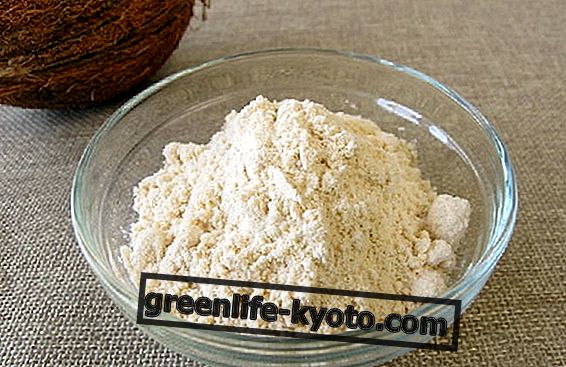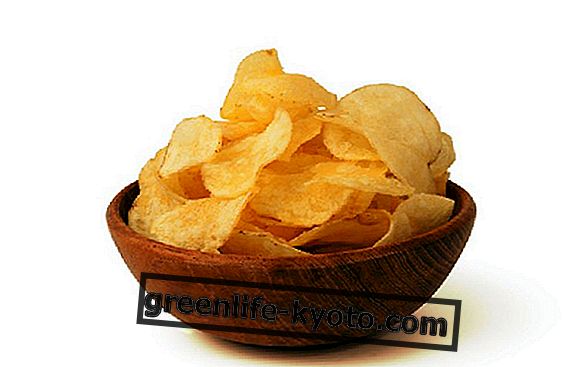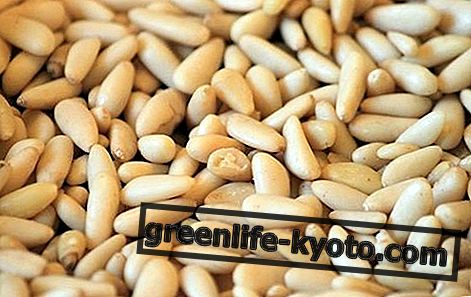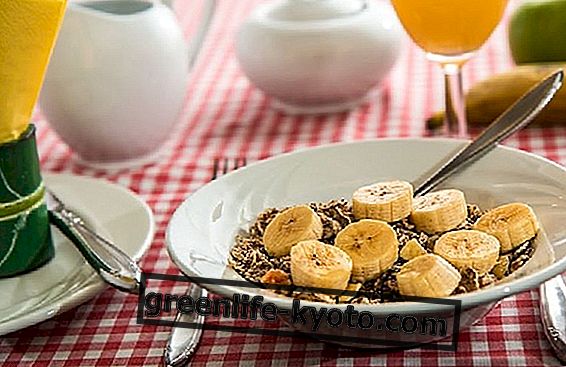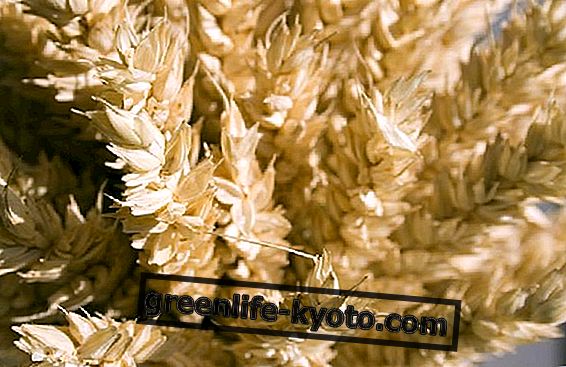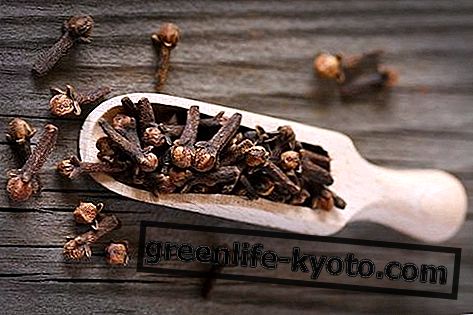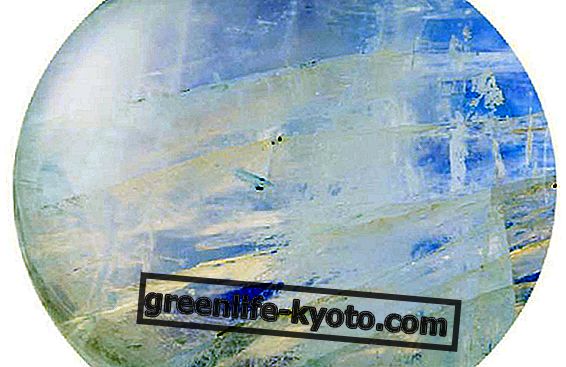
Artemisia absinthium L., commonly known as wormwood, is a perennial plant whose silver leaves grow in stony areas and along the walls, with a bitter taste and widely used for various disorders related to the digestive system . It was already used in the Greece of Hippocrates and in ancient Egypt for this purpose, besides being a tonic.
Assyrians and Babylonians also used it to combat illnesses resulting from the lazy stomach. Much better known is its use, born at the end of the 1700s, as an ingredient in the eponymous strong emerald-colored liqueur : it soon became the favorite drink of cursed artists and poets for its ability, deriving from the essential oils it contains, to exhilarate and as an aphrodisiac.
Absinthe in phytotherapy
Today, beyond alcohol, we can appreciate its properties in phytotherapy : s and use its leaves and flowering tops both in the form of dry, shredded or powdered extracts, as well as liquids, such as mother tincture.
It acts like:
> choleretic,
> cholagogue (promotes bile secretion),
> eupeptic (facilitates digestion),
> emmenagogue (promotes and regulates menstrual flow, especially in the case of amenorrhea),
> febrifuge,
> hepatoprotector,
> deworming
> antiseptic.
Furthermore the drug is also recommended in case of :
> lack of appetite,
> biliary hyposecretion,
> nervous vomiting or nausea caused by seasickness,
> intestinal parasitosis (it was also called "the grass of vermes "),
> dysentery,
> inflammation of the mucous membranes of the gastro-intestinal tract and stomach acid.
As seen, the flowering tops and leaves are reduced to dust and used in many healing preparations, but also to compose liqueurs, bitters and aperitifs.
Among the active ingredients of the phytocomplex there are: absintina (sesquiterpene lactone), flavones, essential oil (which contains tujone and tujolo, substances of high toxicity that act in the central nervous system), ascorbic acid and tannins.
How to prepare the herbal tea for absinthe
The drug can be used either in the form of a fluid or even dry extract, which can be purchased in herbal medicine, becoming an infusion or herbal tea.
Here's what the absinthe herbal tea recipe calls for:
Ingredients:
> 5 or 6 tops per liter of water.
Preparation : Bring the water to the boil, add the drug, leave to rest for about three or four minutes.
Use : 2 or 3 coffee cups a day are used. As a vermifuge it must be taken without food, while it would be useful to consume the herbal tea about thirty minutes before meals in case of loss of appetite; after meals in case of digestive disorders .
The only flaw is that the basic tea of wormwood is particularly bitter, so it is preferred to use the plant as a fluid extract : 20-30 drops in water half an hour before or after meals.
Contraindications and side effects
Being a plant with several toxic active ingredients, it is recommended to use it with extreme caution and not without consulting a specialist .
At therapeutic doses, drug administration should not last over time ; it is not used in case of breastfeeding or pregnancy, ulcers, gynecological infections.
The main side effects listed in the scientific literature are:
> vomit,
> hypotension,
> diarrhea,
> decreased heart rate,
> exhaustion.
Curiosity: Artemisia, widely used in herbal medicine, is also part of the absinthe family.

